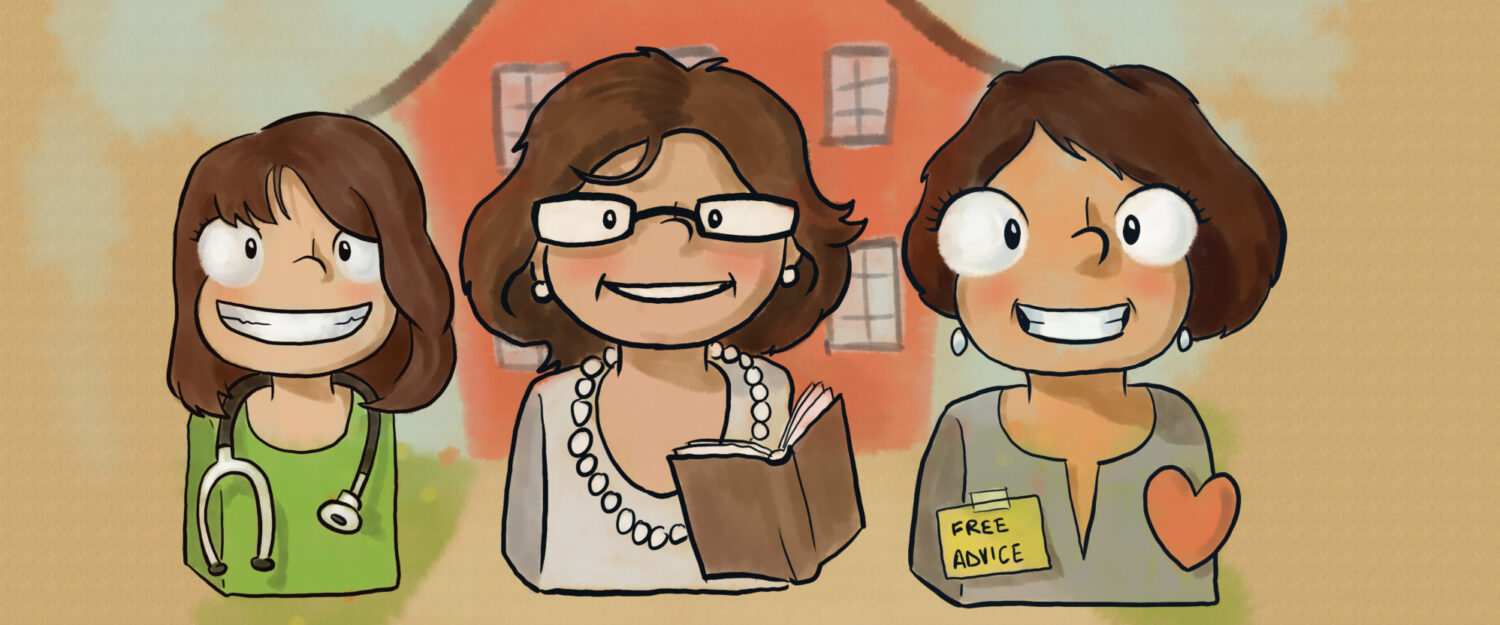HAPPY NEW YEAR!
HAPPY= positive emotion, pleasure, contentment
NEW= fresh, not seen before
YEAR= one revolution around the sun, 365 days
So, with that said, here’s to wishing you a pleasurable, not-yet-seen-before trip around the sun!
A tradition many people participate in when a new year rolls around is making New Year’s resolutions. Another tradition many people do, unfortunately, is breaking their resolutions shortly after making them.
Why does this happen? Well, there are lots of reasons why. Here are a few → making too many resolutions at the same time, making resolutions that involve other people who aren’t committed to the resolution, the resolution isn’t clear, expecting too much too soon then getting discouraged and quitting, not having enough support from others.
The list goes on and on.
GOALS VERSUS RESOLUTIONS
Does this mean we should abandon making New Year’s resolutions? Hmm. Not necessarily. How about adjusting how we approach this tradition? What if we decided to make a New Year’s GOAL instead of a resolution?
“What is the difference between a goal and a resolution? Aren’t they the same thing?” you might wonder. Well, not exactly. Here are the definitions of these two words:
- RESOLUTION = a firm decision to do or not do something
- GOAL = something a person wants to accomplish or attain
Resolutions without goals attached to them tend to be broken resolutions. Many New Year’s resolutions are broken by the end of January.
Well-developed goals, on the other hand, increase the likelihood of a successful resolution. This is due, in part, to a goal being more action-based, better defined, stated more positively, measurable, and time-specific.
GOAL SETTING
Studies have powerfully shown over and over again that one of the best ways to achieve a goal is…are you ready for this?…to write it down. How simple is that?! So, grab a pen and some paper and start writing! 
Let’s begin with the BIG goal that may have initially been called your New Year’s resolution. This is often called a long-term goal and is something you want to accomplish during the new year. Be as specific as you can in describing or defining what this goal is.
Next, you will break down the BIG goal into 2-3 short-term goals and the short-term goals into another 2-3 smaller daily goals.
Starting BIG by identifying the final desired outcome then creating smaller goals that serve as stepping stones to get to the bigger goal seems like it is reversing the goal-setting process, but it really isn’t. It is using a Stephen Covey concept called “Begin with the end in mind.” Knowing where you want to end up then dissecting how you will get there using daily and weekly goals makes reaching your ultimate goal more likely. It’s sort of like taking a trip. When traveling, you know your final destination (long-term goal) before you start your trip. You then plan your route (short-term goals) and begin the trip. Each mile you go (daily goals) gets you a little closer to your destination.
A FREE GOAL-SETTING RESOURCE
Want to know more about how to write BIG, short-term, and daily goals? Want a Goal-Setting worksheet for the New Year? Want a chart to track your success? Want these all for FREE? It’s designed for middle school and high school students, but honestly, it will work for us grown-ups, too. Just go to the Three Square Pegs TPT store, sign in, and download the information: GOALS > RESOLUTIONS: A Free Student Goal Setting Guide
Wishing you the best year yet!
